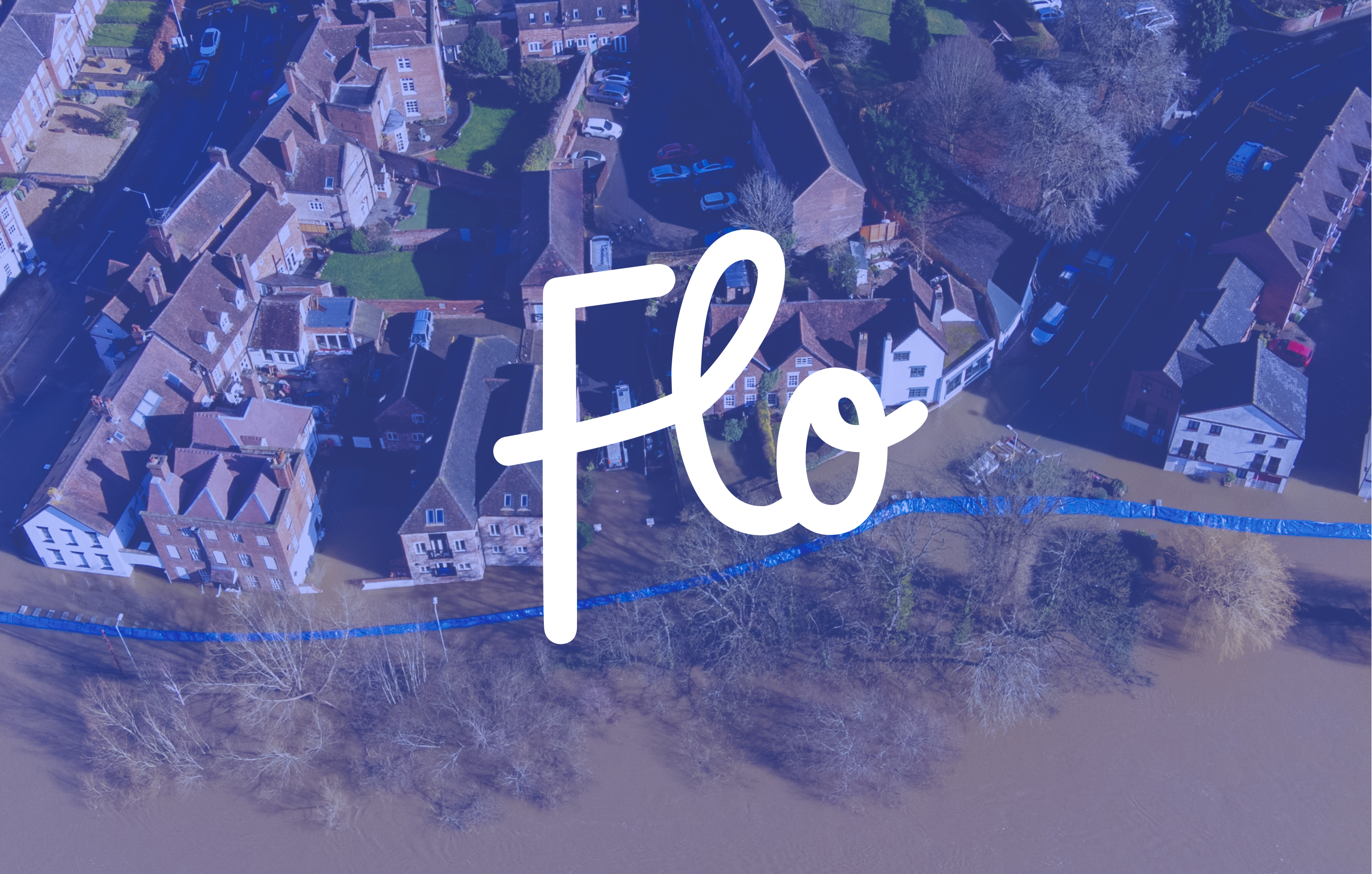
How the design industry can contribute to climate change solutions
From the clothes we wear, to the buildings we live and work in, to the millions of products, apps and services we use every day, design impacts our lives in more ways than most of us realise.
This presents designers with a burden of responsibility. It also makes design a powerful tool in combating some of the world’s biggest challenges – including the pressing need to adapt how we live to the impacts of climate change.
The widespread flooding in the UK over the past few weeks serves as a stark reminder of our lack of readiness for the effects of climate change. Rivers overflowing have brought about devastating outcomes for both homeowners and businesses. Meanwhile, heavy rainfall and surface water flooding have caused road closures and extensive disruptions. It has become clear that the infrastructure, products and services we use across the UK and Ireland are not prepared for the impacts of climate change.
This poses the question – what needs to change, and how can design not only contribute to climate change solutions, but help us to adjust to this new reality in daily life?
Learning to adapt
The Environmental Agency published a report at the end of 2021 called “Living better with a changing climate”. The report insists that adaption and becoming resilient to the effects of a changing climate is just as important as mitigation. The report further warns of more extreme weather, leading to increased flooding and drought, sea level rises, reduced access to clean and plentiful water, and many more devastating effects. It states that while mitigation might save the planet, adaption and preparation for climate shocks can save millions of lives. The agency has urged governments, businesses and society to embrace and invest in adaption, rather than living with the costs of inaction.
Many designers are taking this advice on board, notable examples include:
- designing natural ventilation into buildings to cope with the heat
- painting buildings and roads white to reflect the sun
- planting native trees and vegetation that can survive periodic droughts;
- avoiding building in flood zones.
One company leading the way in helping people adapt to climate change is Resilico. Resilico is a service which connects individuals, communities and businesses to insurers and lenders as they navigate the risks associated with climate change, and helps them on the journey from protection to adaption.
Big Motive have worked closely with Resilico to design two apps to help with flood resistance measures – Resilico Connect for tenants and Resilico Pro for surveyors.
Key features of the apps include:
- bespoke flood warnings and flood plans
- flood performance certificates
- a climate risk management function
- property flood resilience project management;
- standardised surveys.
With 1 in 6 homes in the UK now at risk of flooding, and surface flooding becoming more common, adapting to these effects is crucial. Rather than moving away and avoiding the problem, Resilico helps people to adjust their lives to the changes.
Working Together
Designers are uniquely placed to bring people together. Through user research and working with a variety of teams, co-designing builds shared knowledge, perspectives and creativity. When it comes to designing for the planet, it is crucial to have the input of environmental experts, as well as ideas from people from diverse backgrounds to ensure all points of view are considered.
It can be easy for user-centred designers to risk missing wider societal needs and environmental impact of products when they are focused on designing for a particular group of people. Although design should be user-centric, it should also ensure the bigger picture is acknowledged. Having expert input can help to combat this issue and ensure that impact on the planet is considered throughout the design process.
By coming together, designers of all disciplines can try to collectively solve the problem. A few years ago, Big Motive helped Keep Northern Ireland Beautiful (KNIB) to improve their Environmental Engagement Index.
KNIB came up with the idea of creating an online service which asks a variety of questions about a person’s relationship with nature, and then shows them their personal “environmental score”. Its goal is to encourage people to consider their relationship with nature and think about how they can protect it.
Initially, the platform received feedback from users stating they felt they were getting nothing out of the service and that they didn’t feel motivated to change. Through working with Big Motive designers, KNIB came up with the idea of showing users a list of nearby natural spaces after completing the survey to encourage them to ditch their cars, go for a walk, explore and appreciate the nature around us. By coming together, the problem was solved effectively, and the Index was improved.
Looking to the future
We have a long way to go in addressing and overcoming the devastating effects of climate change. Simply recycling cardboard and cutting down personal water usage isn’t sufficient. It’s crucial to bring our commitment to sustainability into the workplace and strive to make a larger impact, while encouraging those around us to do the same.
The Design Council serves as a prime example for encouraging the role of design in sustainability. The Council’s new mission is to motivate and support the 1.97 million individuals in the UK’s design economy to: ‘confront the climate crisis, achieve net zero, and transition towards regenerative design’. Whether you specialise in user experience, interior design, graphic or service design, we should all draw inspiration from organisations like the Design Council, recognising that it’s our responsibility to collaborate and contribute to make a positive impact on the world. By working together, we can discover sustainable alternatives, minimise waste, adapt to a changing world, and design with the planet in mind.


